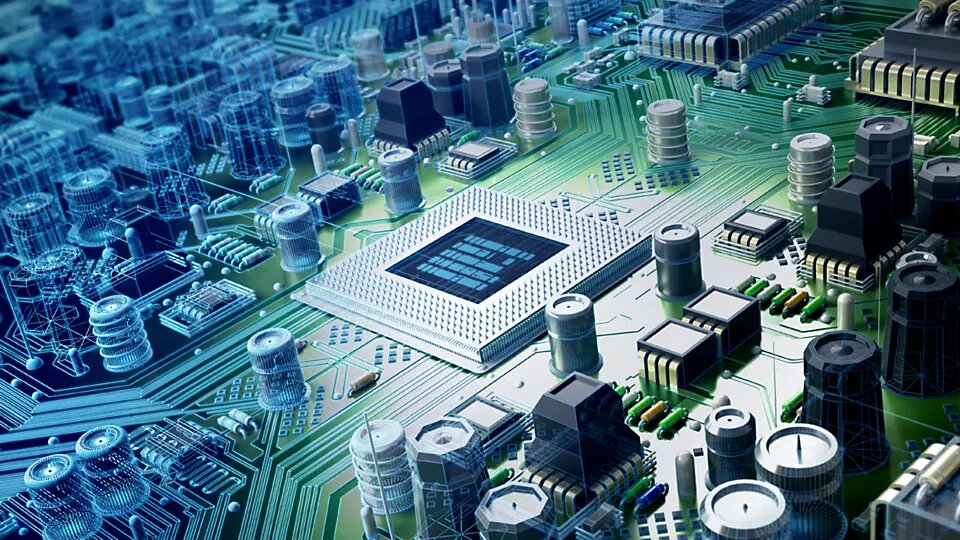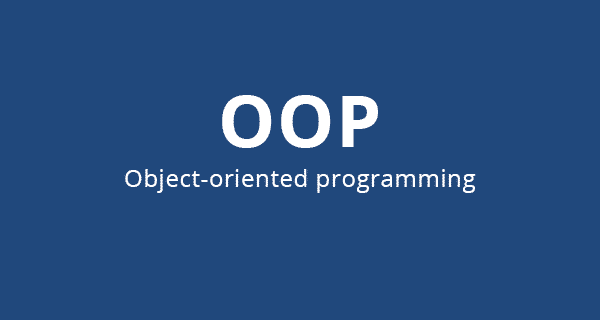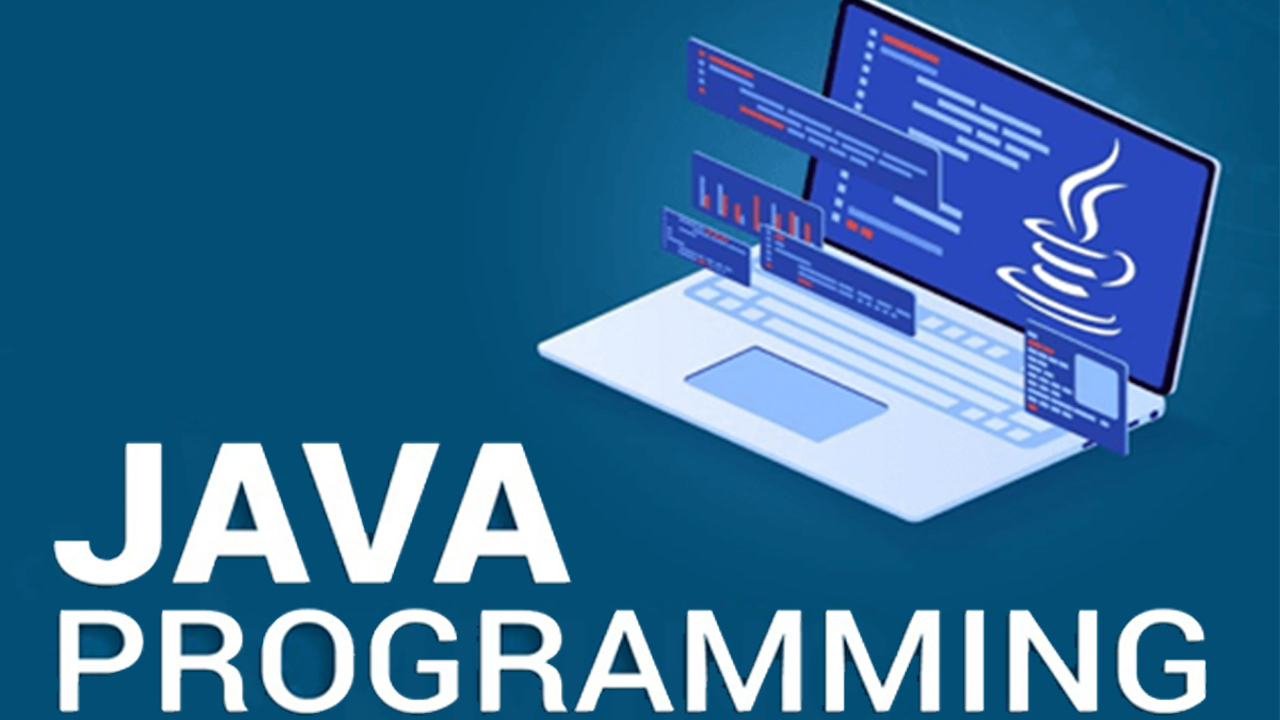
This introductory course will cover the basic concepts involved in constructions, operation, and characteristic of semiconductor devices used in analog and digital electronic circuits. The semiconductor physics, starting from atomic structure to impurity doping process will be studied. The student will learn to quantitatively analyze the characteristics of doped material with different types, doping and fermi level concept, density of states, Energy band diagrams, Concept of charge neutrality. Various applications of junction diode will be discussed, and various types of diodes will also be explained. Bipolar Junction Transistors (BJTs) and Field-Effect Transistors (FETs) are evolved as two PN-junction devices. Relations of various currents and voltages in these transistors are explained in detail. The characteristics of an ideal diode and its nonlinear behavior in circuits will be discussed. The modelling of real diode using ideal devices will be introduced. The student will learn to analyze the real nonlinear circuits using linear circuits’ analytical techniques. The students will be introduced with use of diodes in electronic circuits and will be able to analyze and design the diode circuit applications in real electronic systems i.e. battery charging, rectification, clipping, clamping, and logic gates. The students will also be introduced with the construction and characteristics of BJTs and FETs and their use in signal amplifiers and in digital switching circuits. Biasing techniques of BJTs and FETs will be introduced. The use of semiconductor devices in special applications will also discussed i.e. LEDs, LCD, RAM, ROM, EPROM, Photo diode, Photo transistor, solar cell, varactor, UJT etc.
- Teacher: Dr. Waqas Arif

This introductory course will cover the basic concepts involved in constructions, operation, and characteristic of semiconductor devices used in analog and digital electronic circuits. The semiconductor physics, starting from atomic structure to impurity doping process will be studied. The student will learn to quantitatively analyze the characteristics of doped material with different types, doping and fermi level concept, density of states, Energy band diagrams, Concept of charge neutrality. Various applications of junction diode will be discussed, and various types of diodes will also be explained. Bipolar Junction Transistors (BJTs) and Field-Effect Transistors (FETs) are evolved as two PN-junction devices. Relations of various currents and voltages in these transistors are explained in detail. The characteristics of an ideal diode and its nonlinear behavior in circuits will be discussed. The modelling of real diode using ideal devices will be introduced. The student will learn to analyze the real nonlinear circuits using linear circuits’ analytical techniques. The students will be introduced with use of diodes in electronic circuits and will be able to analyze and design the diode circuit applications in real electronic systems i.e. battery charging, rectification, clipping, clamping, and logic gates. The students will also be introduced with the construction and characteristics of BJTs and FETs and their use in signal amplifiers and in digital switching circuits. Biasing techniques of BJTs and FETs will be introduced. The use of semiconductor devices in special applications will also discussed i.e. LEDs, LCD, RAM, ROM, EPROM, Photo diode, Photo transistor, solar cell, varactor, UJT etc.
- Teacher: Dr. Waqas Arif

- Teacher: Dr. Huma Israr

- Teacher: Dr. Huma Israr

This course provides an introduction to the mathematical elements that are the backbones of computer science. The purpose of this course is to introduce logic, proof techniques, sets, functions, relations, induction & recursion, algorithms, counting principles, graphs and trees with an emphasis on applications in computer science.
- Teacher: Dr. Shahid Anwar
- Manager, Teacher: Dr. Ehnber Naheed
A course about Islam and it’s understanding
according to the Holy Quran, Hadith and Fiqh. The students will learn the prescribed
verses of the Holy Quran and it’s understanding according to Hadith.
Implication of Hadith and Sunnah in daily life and applications of the ruling
as per Fiqh shall be learnt by the students.
- Teacher: Mr. Muhammad Bin Qasim
- Teacher: Miss Zara Obaid
